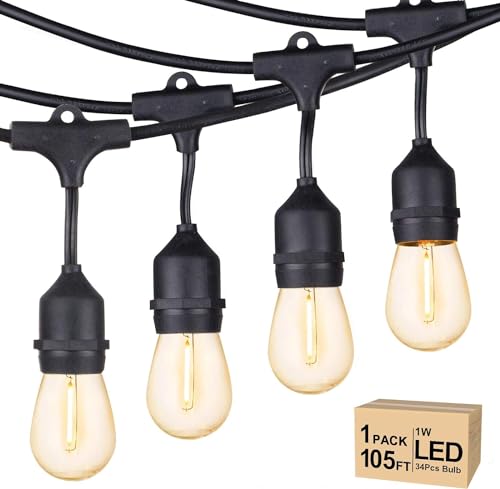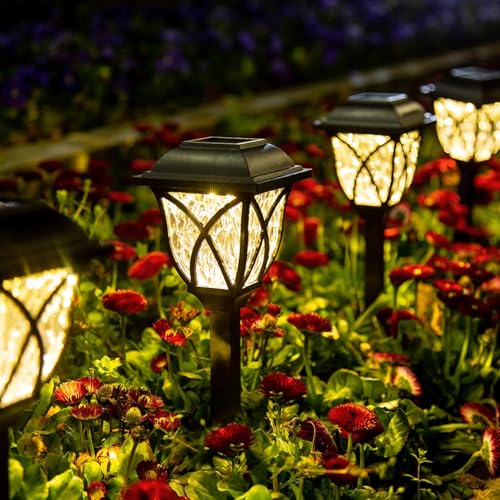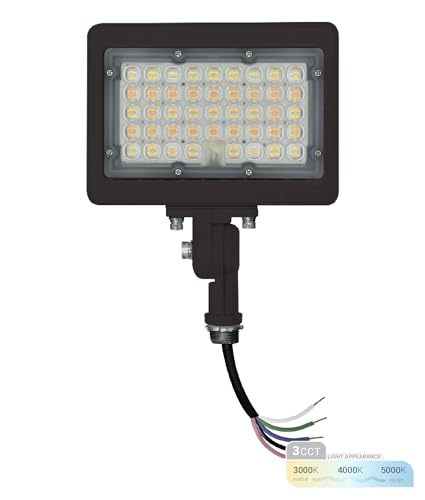'Moonlighting' is the most dramatic garden trend I've seen this year – lighting design experts share 3 easy ways to get the look
Mimicking natural moonlight is a charming way to illuminate your yard's night-time landscape
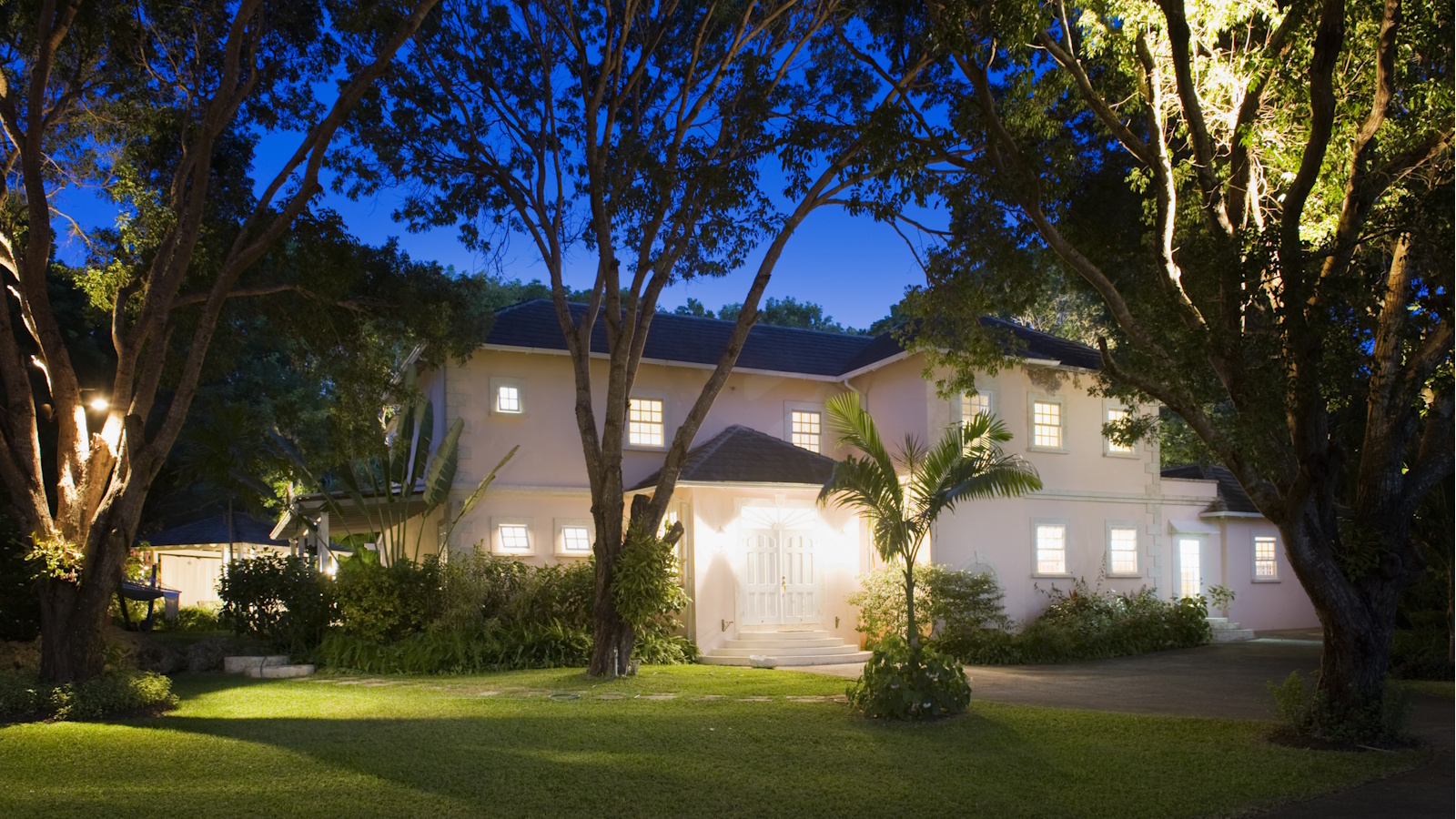

Lighting up your garden after the sun sets is one of the best ways to make the most of your outdoor space, and the lighting you choose can make or break your night-time backyard landscape. With the right outdoor lighting scheme, you can transform your yard from a disconcerting dark abyss into a magical retreat after dusk. The latest lighting trend, moonlighting your garden, is sure to impress guests and give your yard a sense of whimsy at nightfall.
'Moonlighting your garden is the art of bringing soft light to illuminate the landscape, just like the moon would. This garden lighting idea aims to recreate the magic of natural moonlight shining through trees, creating a beautiful dance of shadows and light in your garden,' describes outdoor design expert, Henry Stoll. 'If done correctly, it’ll bring subtle light into your garden after dark without stealing attention from the landscape as a whole.'
Rather than placing lights low to the ground, moonlighting requires higher lighting points, adding drama as it illuminates the different silhouettes of your garden from above. It's easier to create than you might expect, especially with the help I've enlisted from experts to explain exactly how to get the look.
What is moonlighting?

As Henry explains, moonlighting your garden simply refers to using outdoor lighting in a way that lights up your garden as it would be naturally lit by the moon.
'Moonlighting specifically is incorporating lights above the garden (at least 25 feet above the ground) in mature trees or from the eaves of the house or tops of a pergola or other tall structures,' adds landscape designer Caroline Ervin.
'Using a soft, subtle light in a warm temperature creates the effect of a full moon on a cloudless night, bright enough to see in the garden. Fixtures placed up in the trees that shoot soft beams through the branches can create an effect of dappled moonlight through the trees,' she continues.
It's a garden lighting trend that leaves you with ambient lighting, making your outdoor space cozy for summer evenings in the garden. Plus, it's a great way to create a soft, natural effect when lighting your garden for wildlife.
Design expertise in your inbox – from inspiring decorating ideas and beautiful celebrity homes to practical gardening advice and shopping round-ups.
Think subtle shafts of light through trees and borders being top lit, just teasing the colors of the blooms lying below. It can be a great way to show off architectural planting, too, creating enchanting silhouettes as dusk arrives.

Henry Stoll is an expert in porches, pavilions, pergolas, and other outdoor structures. As an experienced construction contractor, Henry offers insight into building trends, new and on-trend materials, and structural best practices for outdoor living space upgrades.

Caroline is a landscape designer. She has worked with clients since 2007 to install and maintain small and large residential gardens in Washington DC. She has more than 20 years hands-on experience gardening.
Moonlighting basics: warmth, height, angle
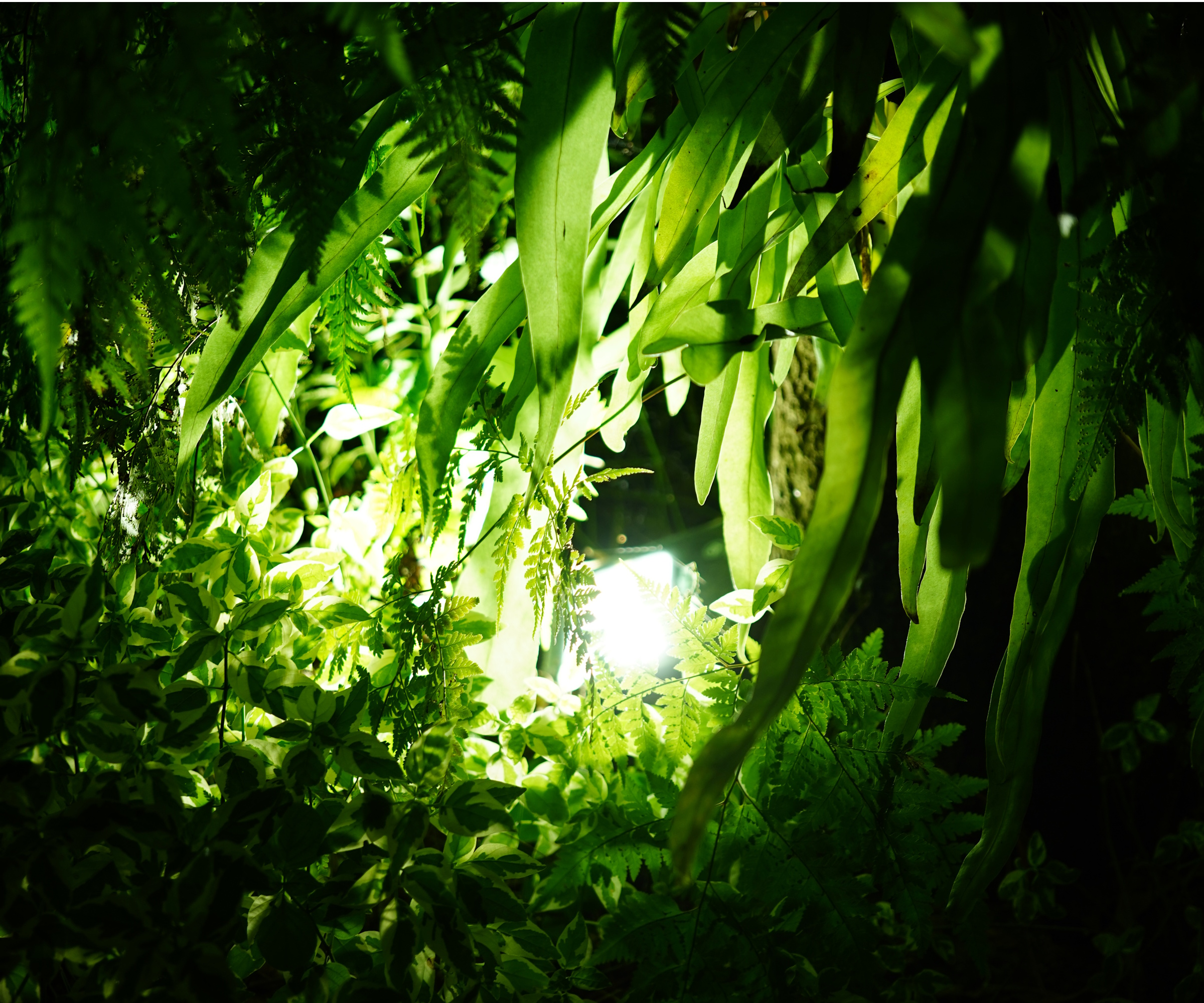
Before jumping into methods to achieve moonlighting, it's important to know some basics that make this lighting technique work. The three most important factors are warmth, height, and angle.
'Moonlighting is a more specialized form of downlighting that creates the natural feeling of an outdoor environment during a full moon. To create the best moonlighting effect, fixtures should be mounted as high as possible,' explains lighting designer Chris Apfelstadt.
Not only should you install backyard lighting as high as possible to achieve downlighting, but you also need to get the angles right, so you don't end up with stark beams of light shooting downwards.
'Angle matters more than most people know. A slight tilt can do wonders in broadening the effect and illuminating the area that works best for moonlighting,' describes Henry Stoll. 'You can point the light straight down, but avoid creating a beam light effect,' he adds.
'Make sure the lights are aimed so there is no spotlight onto the patio or lawn that shines in someone’s eye,' Caroline Ervin adds.
The final point to note is that your moonlighting should be warmer, rather than a cold hue. Although moonlight also isn't necessarily yellow warm light, so it's about striking a balance.
'Low-voltage bullet or downlight fixtures are best for moonlighting, using 2700K or 3000K bulbs to create a soft, warm glow,' Caroline suggests. These outdoor bullet lights from Amazon are a good choice.

Chris is a lighting designer and the CEO of Light Up Columbus. He is an expert in landscape lighting.
3 ways to moonlight your garden
Moonlighting your garden is a great addition to creating a moon garden, placing spotlights on parts of the yard that would naturally be illuminated by moonlight. It isn't as easy as hanging up some lights, though. Experts say there are some particular things you can do to achieve effective moonlighting in the backyard:
1. Install lights in trees
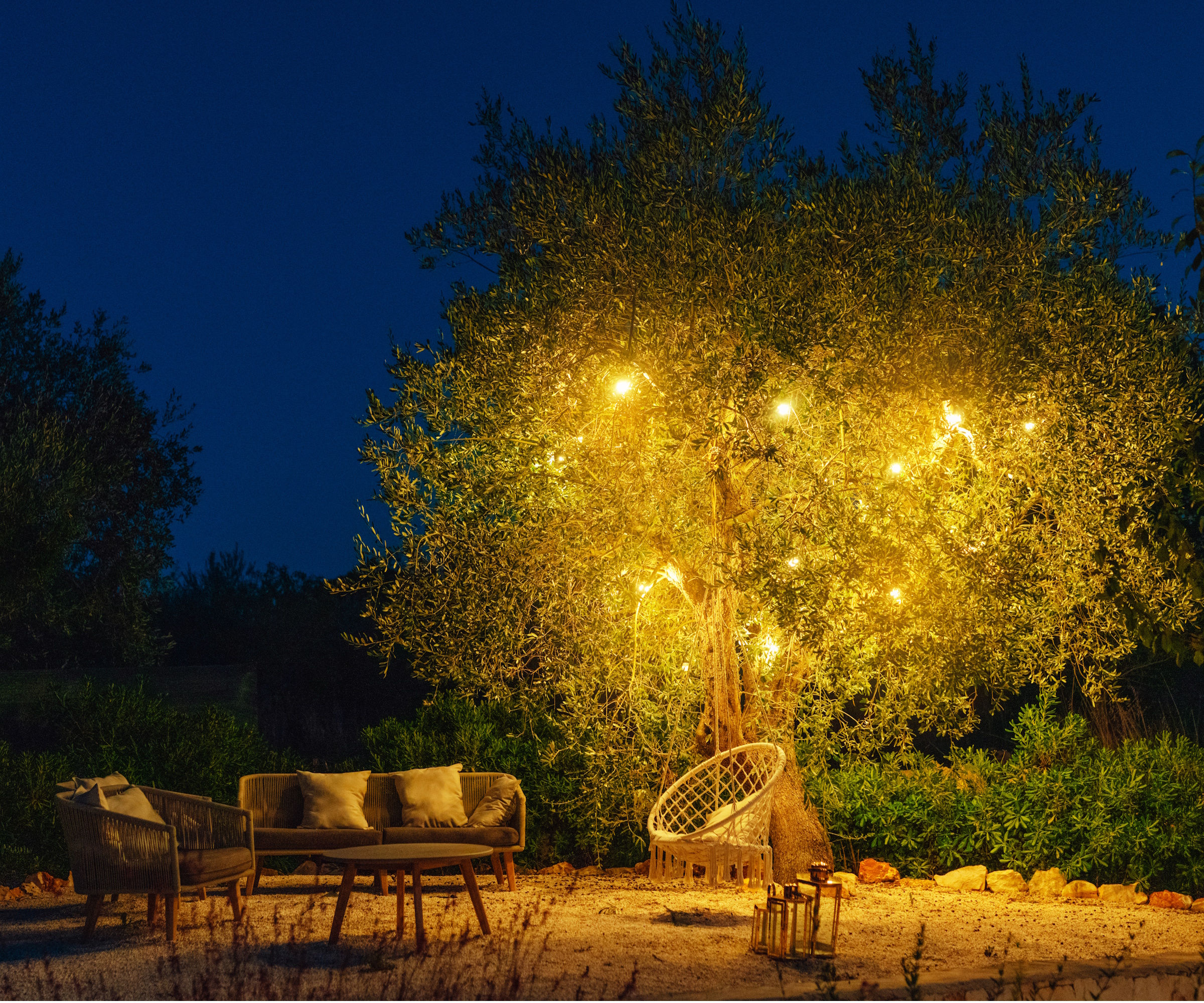
The first place to start with moonlighting your garden is identifying spots to install lights. Tall, mature trees are a good option.
'Install backyard lighting in mature trees, at least 25 feet off the ground, and direct the lights to cross the garden, not shoot downward, to give a soft dappled effect below,' advises Caroline.
Using trees is a great way to add dimension to your outdoor lighting, Chris adds.
'Moonlighting reveals the turf or plantings around the tree, visually connecting the trunk to the earth, and helping the space feel inviting and safe,' he explains.
Ideally, you're looking for opportunities in statement trees and those with lots of layers of foliage.
'You’ll achieve the best effect when the light is placed at a height of roughly 20-25 feet, with foliage underneath to create that moonlike shadow play in your garden. The higher you go, the more light dispersion you’ll have, achieving a softer and more ambient effect,' Henry says.
'It’s important to have a professional install lighting in the trees or on the eaves of a house to make sure the electrical work is all done to local and national codes and standards, and to ensure the health of the tree is considered when installing the lights,' Caroline advises.
2. Illuminate winding garden paths
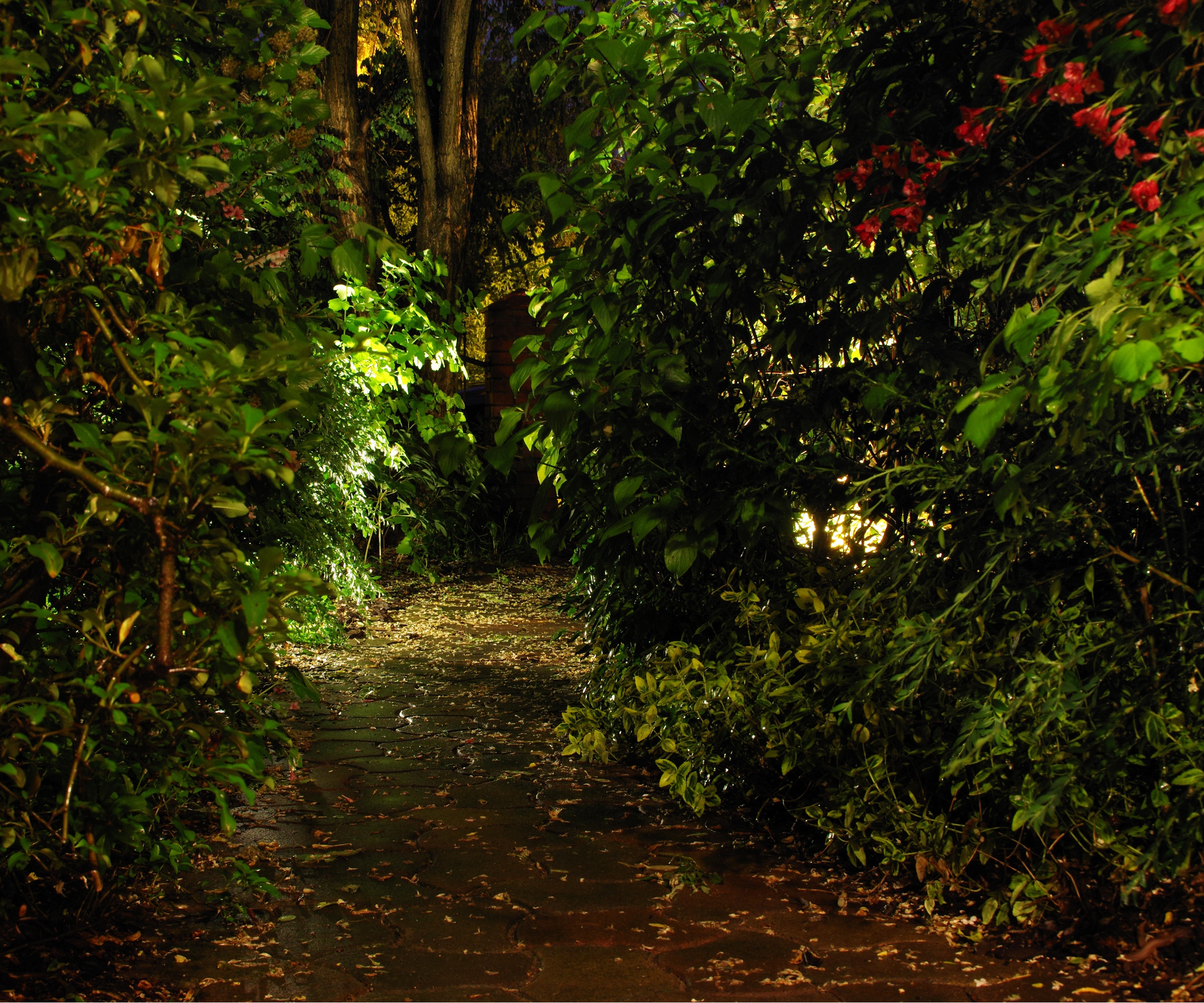
It isn't just about the plants when it comes to moonlighting your garden; you should also make the most of features like garden paths. This is a clever way to create the feel of a fairy garden, with magical lighting leading you down walkways.
'A pathway leading into a backyard can feel spooky at night. With proper moonlighting, the path is transformed to an inviting welcome sign, encouraging guests or friends to 'walk this way' and see where the mystery leads,' Chris Apfelstadt describes.
'By lighting a garden path from above, the borders become clear and softly lit texture and leaf shadows completely change the atmosphere as someone approaches the yard.'
Pair this with soft ornamental grasses for privacy that add texture and catch the downward lighting as they sway in the evening breeze. Explore ornamental grasses at Nature Hills.
This can be a trickier spot to install lighting from above, however, so consider using the eaves of your house and surrounding trees to elevate the lights and shine them downward on your paths.
3. Layer lights at different heights
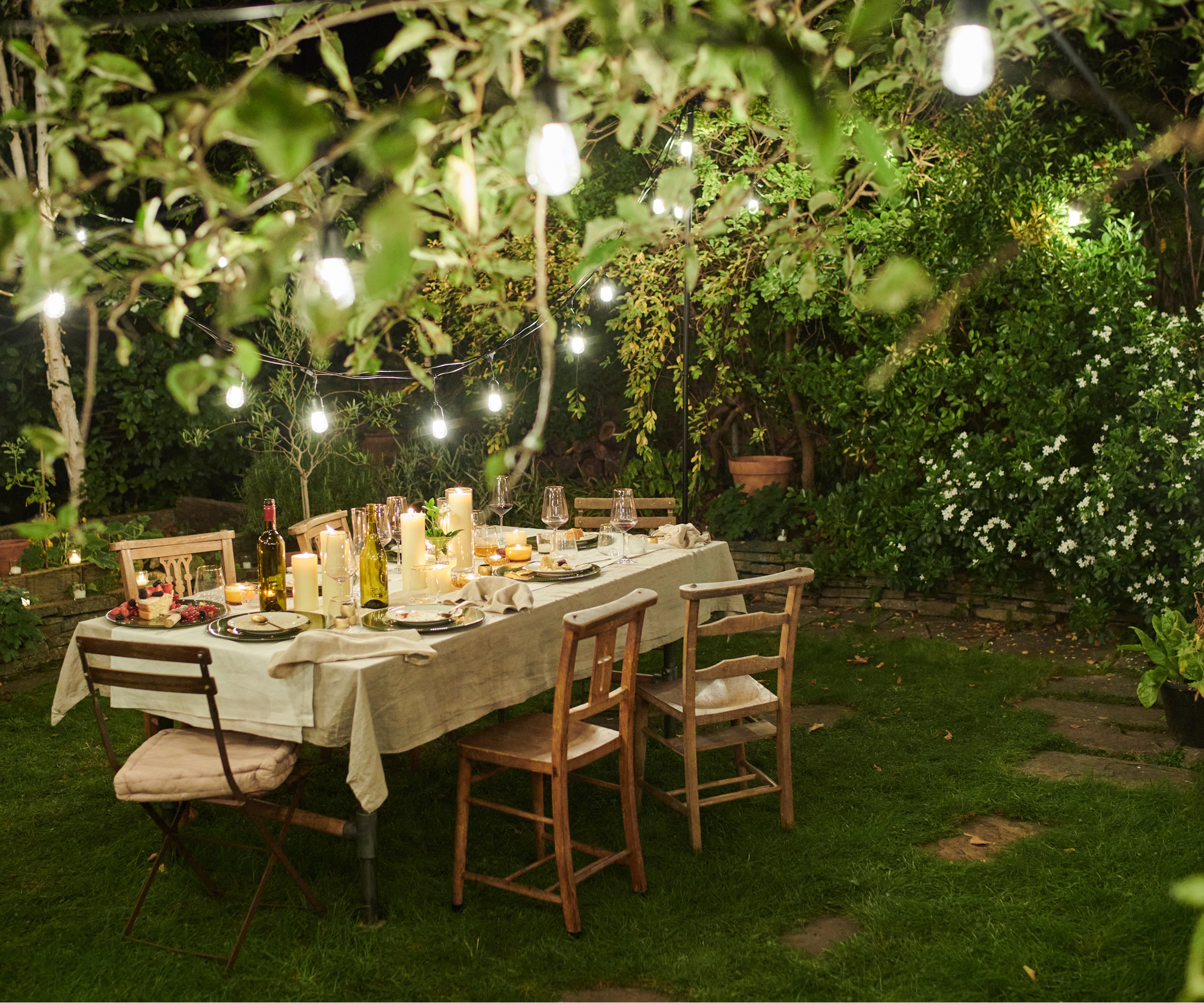
Although the emphasis is on downward lighting when moonlighting your garden, it can also be effective to include some other lights at different heights.
'To achieve a more natural look, layer your lights at different heights to mimic the depths of moonlight,' Henry says. 'To add more ambience and coziness, place some warmer lights in lower layers, recreating a soft, candlelit effect.'
This could involve a range of downward lights at different heights, but you may also choose to have outdoor lights that emit outwards (like these floodlights from Amazon) and even subtle upward lights to place a spotlight on certain plants in your garden (like these landscape lights from Amazon).
Having said that, you want to avoid uplighting a tree when moonlighting your garden, but you may choose to have small upward lights hidden within borders.
FAQs
Can you use solar lights for moonlighting?
Yes, you can use solar lights for moonlighting. The most common outdoor lights used in moonlighting technique are downward lights, and there are plenty of solar downward outdoor lights on the market (like these from Amazon). Just make sure they have exposure to sunlight in the day to charge up for use.
There are so many lighting landscape ideas to explore, but moonlighting is certainly one that creates the most transformative effect. You can even try incorporating it into your front yard lighting or use it to add some drama when lighting a fence.
Shop outdoor lighting options

Tenielle is a Gardens Content Editor at Homes & Gardens. She holds a qualification in MA Magazine Journalism and has over six years of journalistic experience. Before coming to Homes & Gardens, Tenielle was in the editorial department at the Royal Horticultural Society and worked on The Garden magazine. As our in-house houseplant expert, Tenielle writes on a range of solutions to houseplant problems, as well as other 'how to' guides, inspiring garden projects, and the latest gardening news. When she isn't writing, Tenielle can be found propagating her ever-growing collection of indoor plants, helping others overcome common houseplant pests and diseases, volunteering at a local gardening club, and attending gardening workshops, like a composting masterclass.
You must confirm your public display name before commenting
Please logout and then login again, you will then be prompted to enter your display name.
